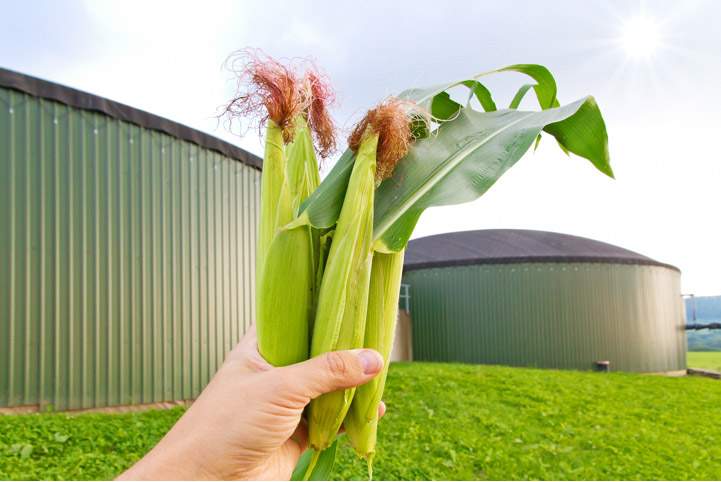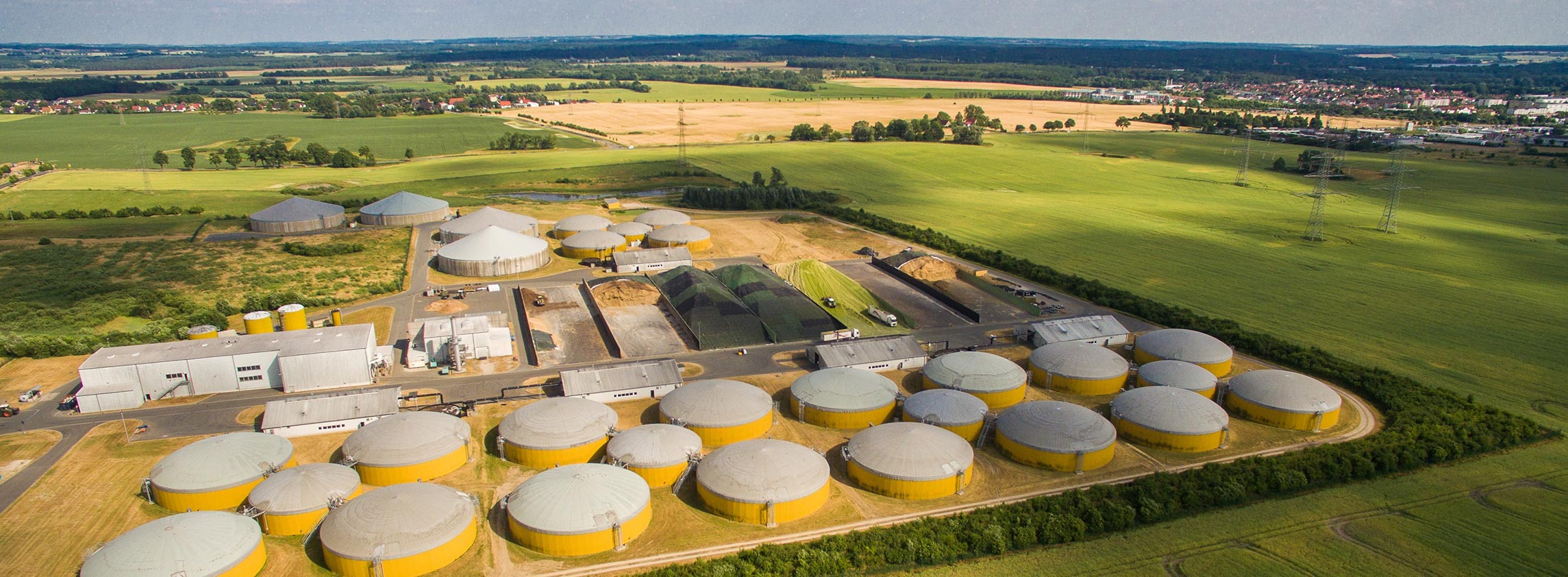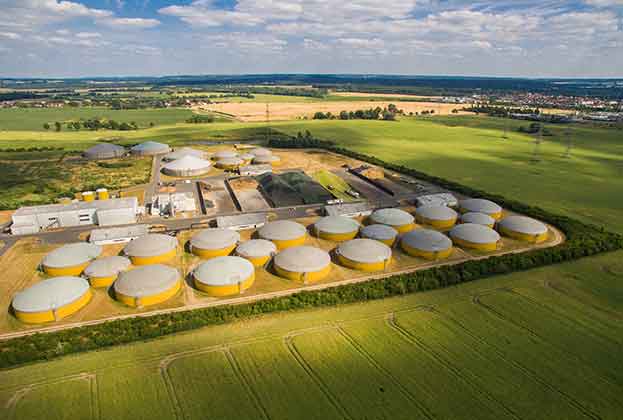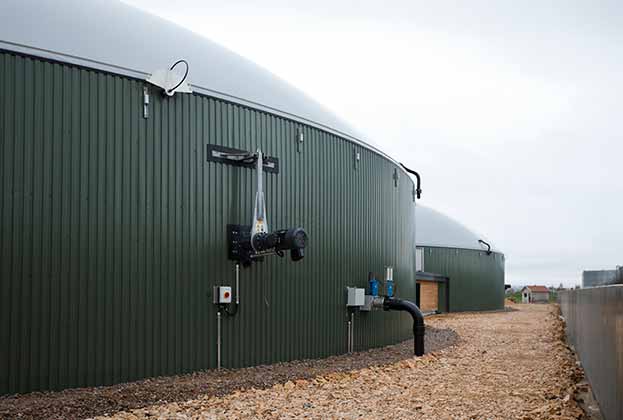An AD plant requires a near-constant supply of feedstock. Ashley Lilley looks at some of the challenges associated with this and how to overcome them
A major challenge in developing anaerobic digestion projects is simply contracting suitable quantities of feedstock over a long enough period to justify the business case.
We saw this when farm-based AD underwent rapid expansion initially as a result of funding from the Feed-in Tariff and latterly the NDRHI incentives. Although farm wastes and non-crop feedstock were often cited as being part of the planned feedstock mix, operators have tended to rely more heavily on specially grown crops (forage maize, hybrid rye and energy beet) due to consistency of performance and supply.
The good news is AD plants that have been well-designed and are operated by a skilled team, focused on maintaining high levels of output, are delivering above and beyond their original physical and financial targets. Indeed the National Farmers Union (NFU) puts AD at the heart of its strategy for UK agriculture to be carbon neutral by 2040.

How modern Monaco was built by land reclamation The Principality has been growing since the 19th century
Food and fuel
The proliferation of (primarily) forage maize has brought some negative criticism, both in terms of perceived unfair competition for land from other farmers in the locality and the environmental impact of late-harvested crops. Furthermore, maize is not a natural fit for those looking to move to regenerative farming practices, however, there are now a number of trials with under-sowing grass. The environmental (specifically carbon emission) concerns have now been partly addressed by the compulsory auditing required for large plants in the form of an Annual Sustainability Audit Report.
A more recent addition to the NDRHI means applicants must now generate at least 50% of the biomethane produced from waste or residue feedstocks to receive payment
Ashley Lilley, Director, Rural Consultant, Food & Farming
A more recent addition to the NDRHI means applicants must now generate at least 50% of the biomethane produced from waste or residue feedstocks to receive payment. The government is, rightly or wrongly, considering increasing this requirement under the GGSS to discourage the use of purpose-grown energy crops in the hope this encourages the use of waste feedstock.
New income sources
With cuts to farmers’ basic payment scheme payments starting this year in England, the largest farm businesses will lose up to two-thirds of their payment by 2024. Many businesses will be looking for viable alternatives to unsubsidised commodity crop production. While most will lack the capital or appetite for risk that a large scale investment in AD would entail, they may be increasingly open to entering into arrangements with developers or operators to 'host' an AD plant and, in addition, supply feedstock and manage digestate disposal. This provides additional revenue without the burden of large upfront expenditure.
Read the articles within Spotlight: Anaerobic Digestion below.


